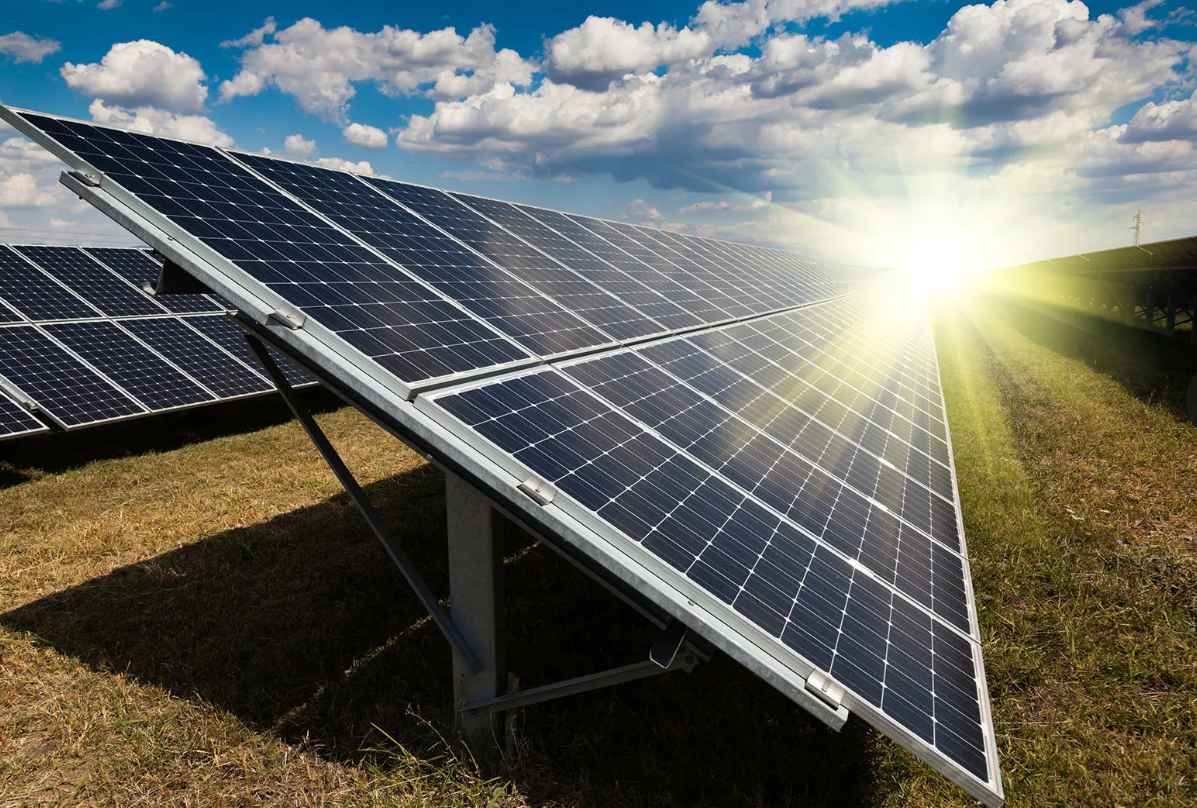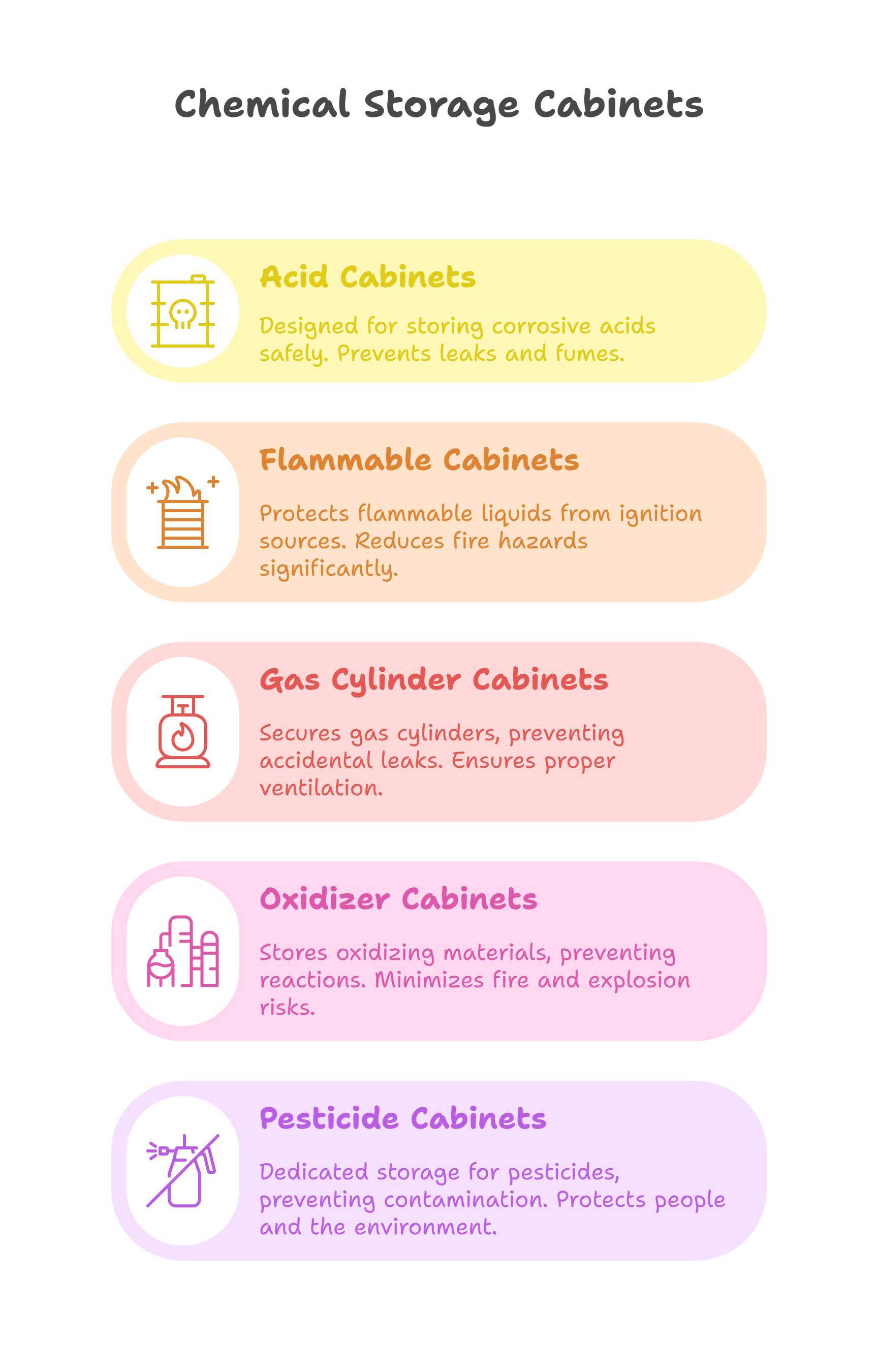List of Biology Experiments for Class XI-XII Practicals
The higher secondary exams are right around the corner, and so you all must be hurrying to cover the syllabus corner to corner, right? In the biology lab, there are plenty of experiments and observations to do ‒ and sometimes many institutions don’t cover them well or cover them all. So, here is a list of common biology experiments for classes XI and XII.
Granted, different boards like CBSE, ICSE, IGCSE, and State boards may have different syllabuses for biology lab practicals. But there are always some common ones that you’ll have to take to your heart. Today, we will tell you about these common biology practical experiments for class 11 12.

Most biology lab practicals are divided into two sections ‒ experiment work and study or observation work. The first type of practical work involves setting up various equipment or apparatus to observe what-happens-when or how-it-works scenarios. Dissections (cutting things up) also fall under this. The other type is where you basically just look at things and learn to recognize them quickly by identifying some specific points.
One more thing. Labkafe’s biology lab package for CBSE has everything you need to perform all these experiments. That includes lab glassware, reagents, apparatus, equipment and other support stuff you need. There’s an equivalent ISC biology lab package for classes 11-12 as well. These packages are configured for 30 students, but you can configure them as you wish.
Let us go into the list of biology experiments that you need to know about!
Bio Lab Practical Experiments
1. Study, dissect, and describe various plant parts
This is quite straightforward ‒ you take a given sample of a plant part (a flower, stem, root etc.) and you cut it open to see what’s inside it. Don’t forget the outside though ‒ before dissecting it make sure you have studied and noted down all the important characteristics of the sample.
In most boards, you will have to work with flower samples only. Depending upon the local area and availability of samples, you may get any one from the following groups: Solanaceae, Fabaceae and Liliaceae ‒ or ‒ Poaceae, Asteraceae or Brassicaceae. You will have to study and identify the floral whorls, anther, overy, and number of chambers.

Some schools may also require you to study the plant of the flower itself along with the flower. In that case, you will have to note the root type, stem type, and leaf type. You will also have to note if there are any modifications to them.
2. Potato Osmometer
This is a pretty fun experiment you can do even at home! The potato osmosis lab experiment needs a hollowed-out fresh potato (curved out like a small, tall-ish bowl), a beaker larger than that, and some sugar water.
You place the potato open-side-up in the beaker and fill part of the beaker with plain water. Now pour some of the sugar water inside the potato. After some time, you’ll see that the water level inside the potato has risen. Meaning, water has automatically seeped into the inside of the hollowed potato.
You can also try doing the opposite ‒ meaning, put the plain water inside the potato and sugar water in the beaker, and see the opposite thing happening. This is an excellent way to see the process of osmosis in live action.
3. Paper Chromatography Test
A cheap but effective way to find out if different and unexpected chemicals are mixed in a sample is the paper chromatography experiment. In this bio lab experiment, you will have to make an extract of some flower petals of leaves, and place them on a filter paper in the chromatography apparatus to see how the color spreads upwards. Different color pigments will leave different levels.

This experiment is a great way to separate different types of pigments in plant tissue. For example, all four types of light-sensitive pigments in leaves (chlorophyll a, chlorophyll b, xanthophyll, carotenoid) will travel a different distance up the paper, due to capillary action.
4. Macro Nutrient Tests
Looking much like a chemistry lab experiment, this is a very important biology experiment to find out what kind of material is there in a given foodstuff. There are four types of macronutrients ‒ sugar, starch, protein, and fat. And accordingly, there are some tests for each of these, as follows:
- For sugar test ‒ Benedict’s test, Fehling test
- For starch test ‒ Iodine test
- For protein test ‒ Biuret test, Xanthoproteic/Millon
- For fat test ‒ Droplet test, Sudan 3 test
Generally, schools practice only the first one of each group, because other tests are either very expensive or the reagents are very hard to find.
5. Urine Analysis
A very similar experiment as above, you may need to figure out if your urine has urea, sugar, albumin, or bile salts in it. Your syllabus may also have a blood sugar test. These work in a pretty similar way as above ‒ take some sample in a test tube, add some reagents, and observe. You may need to stir or heat. The tests in this group of biology experiments are:
- For urea ‒ Sodium hypobromite test, Urease test.
- For sugar ‒ Benedict’s or Fehling’s test, as above.
- For albumin ‒ Heller’s test or Sulphosalicylic acid test.
- For bile salts ‒ Smith’s test, Pettenkofer’s test.
6. Transpiration Experiment
Plants absorb water from the soil through the roots, and spread it into the air by the leaves. Water molecules move through plant tissue and get out into the atmosphere through the stomata in leaves. This is called transpiration, and it happens differently in the upper and lower sides in the same leaf.

To see this in action, all you have to do is to place a dry cobalt chloride imbued paper on a surface of a leaf and wait. Cobalt chloride is naturally blue in color but it becomes pink when wet. As the leaf breathes out water vapor, that moisture will turn the paper pink slowly. And the rate at which it changes color will be different on the upper and lower side of the leaf.
7. Respiration Experiment
Another common biology practical experiment in high schools is the plant respiration experiment. Every living thing breathes, plants too. (But, do all living things need air? ) And you get to prove that in your higher secondary biology lab quite easily.
You’ll need some germinating seeds for this experiment, or flower buds. Place them inside a large conical flask, put some potassium hydroxide solution in there too, and seal the flask. Then connect it to a small beaker half full of water. If you leave the setup alone for a few hours, you’ll see that the water level in the connecting tube has risen. That’s because the plant tissue in the flask has released CO2 and the KOH absorbed it, lowering the pressure there.
Bottom Line
Knowing what biology experiments you have in your syllabus and how to do them fluently is very important in acing your biology scores. So, we have described the top 7 biology lab experiments for the HS level in this article. Of course, we continue to describe each and every one of these experiments in detail across our blog. Look for them in the biology section of our learning center!












Leave a Reply